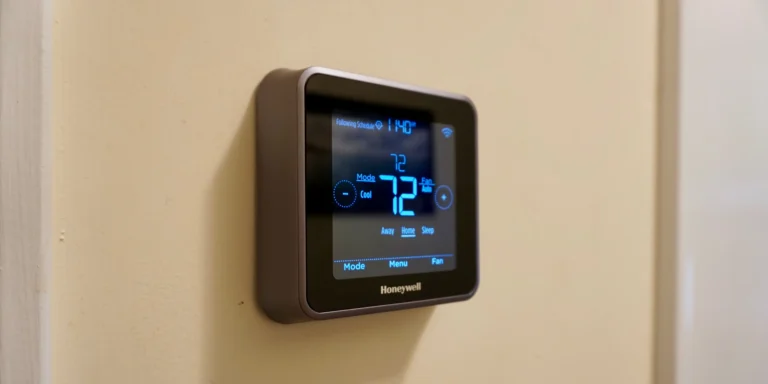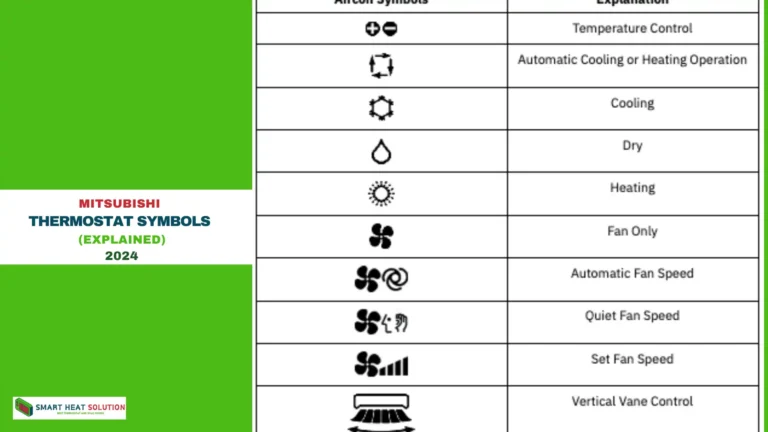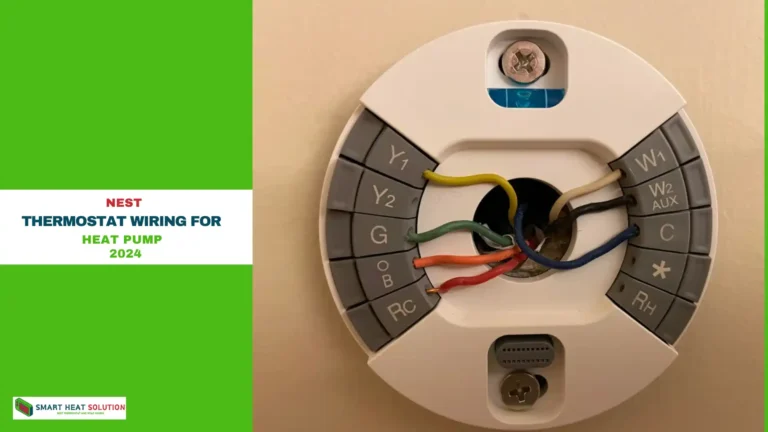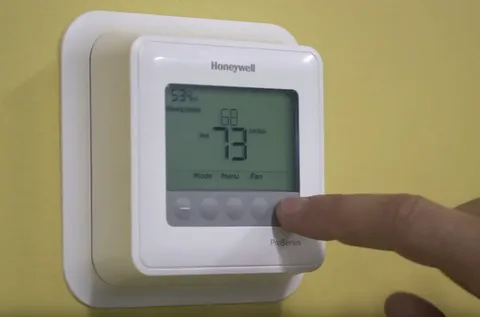BTU Calculator
AC BTU Calculator
You can use this calculator to figure out the cooling needs for a typical room or house. It helps estimate the power required for different types of air conditioning systems.
For example, if you need to know the size of a window air conditioner for a single room in an apartment, this tool can give you an estimate. Similarly, it can also help determine the right size of a central air conditioning system needed to cool an entire house.
By entering the details of your space, you can get a better idea of how much cooling power you’ll need to stay comfortable during warm weather.
AC BTU Calculator
Room Dimensions
General Purpose AC or Heating BTU Calculator
This calculator is designed to estimate the BTUs needed to heat or cool a space. It calculates the temperature change required to reach the target indoor temperature from the outdoor temperature.
For instance, during winter in Boston, an unheated home might experience temperatures as low as -5°F. To achieve an indoor temperature of 75°F, the required temperature increase would be 80°F. Keep in mind that this tool provides only rough estimates.
General Purpose AC or Heating BTU Calculator
What is a BTU?
A British Thermal Unit (BTU) is a measure of energy. Specifically, it’s the amount of energy required to heat one pound of water by 1 degree Fahrenheit. To put it into perspective:
- 1 BTU equals approximately 1,055 joules, 252 calories, or 0.293 watt-hours.
- For reference, burning a single match releases about 1 BTU.
- 1 watt-hour translates to roughly 3.412 BTUs per hour.
BTUs are a universal benchmark for comparing fuels and appliances. Instead of measuring fuels by volume or weight, converting them into BTUs reveals their actual energy content. This makes it easier to compare energy efficiency across various sources like natural gas, oil, or electricity.
How BTUs Impact Heating and Cooling Appliances
BTUs also measure the heating or cooling capacity of appliances. A higher BTU rating indicates a greater capacity for heating or cooling. In air conditioners, BTU ratings reflect how much heat the unit can remove from the surrounding air.
Key Factors Affecting BTU Requirements
To optimize heating or cooling efficiency, consider these critical factors:
1. Room Size and Ceiling Height
The volume of the space significantly determines the BTUs needed. Larger rooms require more BTUs, while smaller spaces need less. Here’s a quick reference based on room size:
| Area (sq. ft.) | Capacity (BTUs/hour) |
|---|---|
| 100–150 | 5,000 |
| 150–250 | 6,000 |
| 250–300 | 7,000 |
| 300–350 | 8,000 |
| 350–400 | 9,000 |
| 400–450 | 10,000 |
| 450–550 | 12,000 |
| 550–700 | 14,000 |
| 700–1,000 | 18,000 |
| 1,000–1,200 | 21,000 |
| 1,200–1,400 | 23,000 |
| 1,400–1,500 | 24,000 |
| 1,500–2,000 | 30,000 |
| 2,000–2,500 | 34,000 |
2. Insulation Quality
Good insulation minimizes heat transfer, reducing BTU usage. Insulation efficiency is measured using R-values—higher R-values indicate better resistance to heat flow.
- Poor insulation: Older homes with outdated insulation lose more heat.
- Good insulation: Newer homes with modern materials are more efficient.
Improving insulation can lower utility costs and increase property value. For example:
- Windows: Double-glazed windows improve thermal resistance.
- Roof color: Lighter roofs reflect heat, reducing cooling needs.
3. Desired Temperature Change
BTU requirements depend on the temperature difference between the current outdoor temperature and the desired indoor temperature. For instance:
- If the outdoor temperature is 30°F and you aim for 75°F indoors, the required temperature increase is 45°F.
Homes in extreme climates, like Alaska winters or Texas summers, demand more BTUs compared to temperate areas.
Additional Factors Influencing BTU Efficiency
Several other elements play a role in determining BTU needs and system efficiency:
Number of Occupants
Humans generate heat, so more occupants mean fewer BTUs are needed for heating but more for cooling.
Air Conditioner Placement
Positioning the AC condenser in shaded areas (e.g., the north or east side of a house) reduces strain on the system and improves efficiency.
Ceiling Fan Usage
Ceiling fans improve airflow and distribute temperatures evenly, reducing reliance on the heating or cooling system.
System Size
Properly sizing your HVAC system is critical:
- Oversized units cool or heat too quickly, causing uneven temperatures and shorter system lifespans.
- Undersized units run continuously, wasting energy and reducing efficiency.
Home Design
The shape of your home affects heat loss. For example:
- Long, narrow homes with more exterior walls lose more heat compared to compact, square homes of the same square footage.
System Maintenance
Over time, HVAC systems lose efficiency. Common issues include:
- Insufficient refrigerant in air conditioners.
- Wear and tear from regular use, reducing energy efficiency by up to 50%.
How to Optimize BTU Usage
To maximize energy efficiency and comfort:
- Upgrade insulation: Install high R-value materials and double-glazed windows.
- Maintain your HVAC system: Schedule regular maintenance to prevent efficiency loss.
- Use fans strategically: Ceiling fans and portable fans can help regulate airflow.
- Consider landscaping: Planting trees near your home can provide natural shade for HVAC systems.
Conclusion
Understanding BTUs is essential for making informed decisions about heating and cooling systems. By considering factors like room size, insulation quality, and desired temperature changes, you can optimize your energy usage and enhance system efficiency. A well-maintained HVAC system, coupled with proper insulation, ensures comfort while keeping utility bills in check.

I’m Alan William’s, the founder of SmartHeatSolution.com. I am from California, USA, I’m passionate about innovative heating technologies and their impact on our homes and businesses. With a background in electrican and home repair , I aim to make smart, energy-efficient heating accessible to everyone. When I’m not writing, I’m likely interested in all the thermostat brands and their new technnology. Thanks for stopping by!





![White Rodgers Thermostat Manual [Made Easy] 12 White Rodgers Thermostat Manual](https://smartheatsolution.com/wp-content/uploads/2024/09/Business-1-768x432.png)
